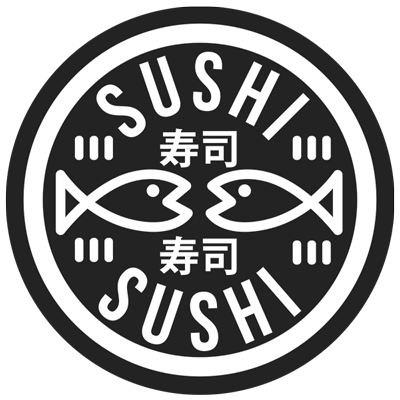Types of Soy Sauce
Almost all traditional Japanese recipes use soy sauce. It has also become a staple ingredient for many other recipes from around the world. A lot of people have it in their condiment collection. Looking around the British supermarket often yields a poor choice of, not just brands but varieties of soy sauce other than reduced salt. There are many different varieties that come from Japan that have a range of uses.

This is considered as the standard soy sauce. 80% of the soy sauce that is produced in Japan is koikuchi. Made from soy beans and wheat, salt, and koji. For cooking, or as a sauce, you can use this soy sauce for anything. Suitable for making some Nimono dishes.
Usukuchi - light soy sauce
You may think that light soy means less salt but it is only light in colour. It is actually saltier than dark soy sauce. It is made to be lighter in colour so when you cook with it, it does not add any unwanted colour into the dish. Mostly used in Kansai region. Made from soy beans, wheat, salt and koji.
Shiro - white soy sauce
White soy sauce is almost exclusively made from wheat and does not contain much soy. It is usually made from around 80-90% wheat. Again, it is lighter in colour and is saltier than regular soy sauce like the usukuchi soy. Dashi added to white soy sauce is called Shiro-dashi. (White dashi) Suitable for making chawan-mushi.
Tamari - Thick soy sauce (for sashimi and sushi)
Tamari soy sauce is really dark colour with almost a red tinge. Tamari doesn't contain wheat at all so is ideal for a gluten free diet. It only contains soy beans, salt and koji. It is thicker and sweeter than regular soy and has a really rich taste. It is the soy that is used to glaze Japanese rice crackers. It is also suitable for cooking teriyaki.
Saishikomi
This soy sauce actually uses soy sauce as an ingredient. Normal soy uses soy beans, wheat koji and salt water as a base, however salt water is replaced for a regular koikuchi soy sauce instead. This doubles the amount of soy beans, wheat and koji giving it a darker colour but with less salt. Only 1% of the soy sauce made in Japan is this type. It is usually used for sashimi.
Nama shoyu - raw soy sauce
This soy sauce is a regular koikuchi which is unpasteurised which gives it more flavour and aroma. Our Shibanuma raw soy sauce is brewed in barrels that are hundreds of years old which are impregnated with koji giving it an even more robust flavour.
If you're new to Japanese cuisine, we recommend using a dark soy sauce which is very versatile. Chefs prefer white soy and usukuchi so it doesn't taint the colours of the ingredients.






